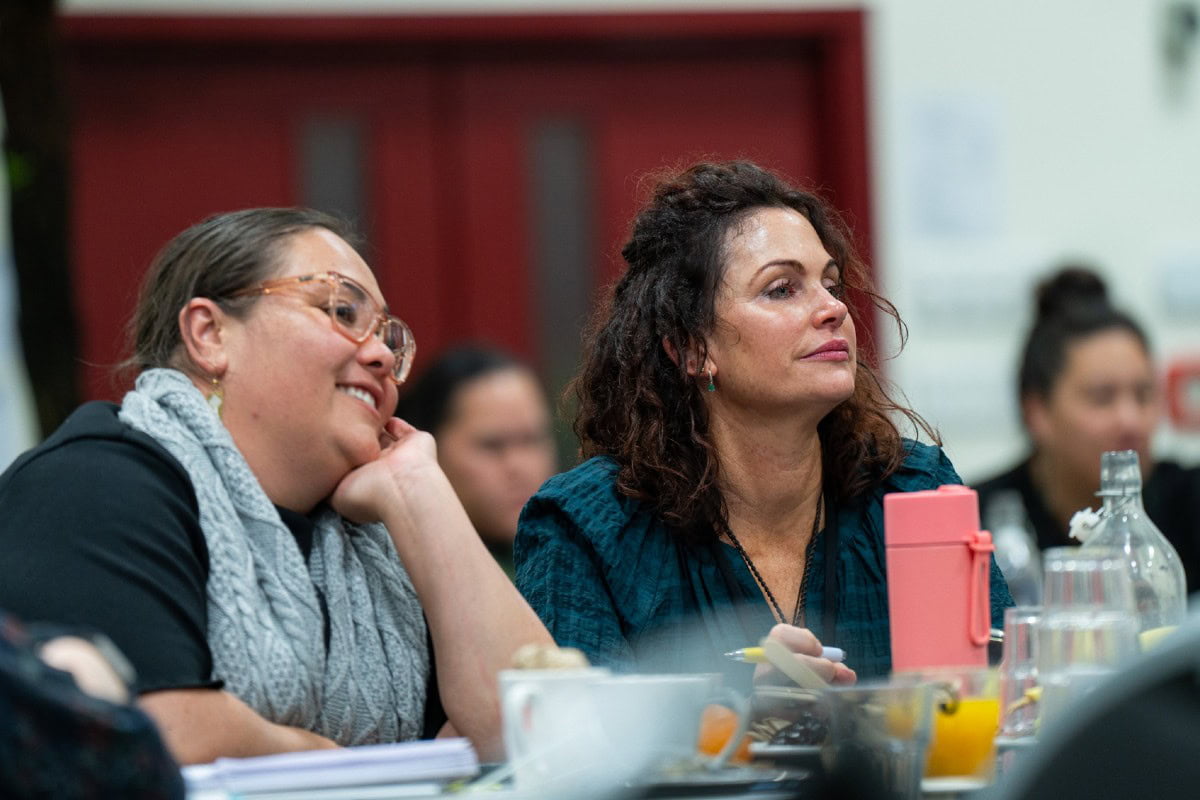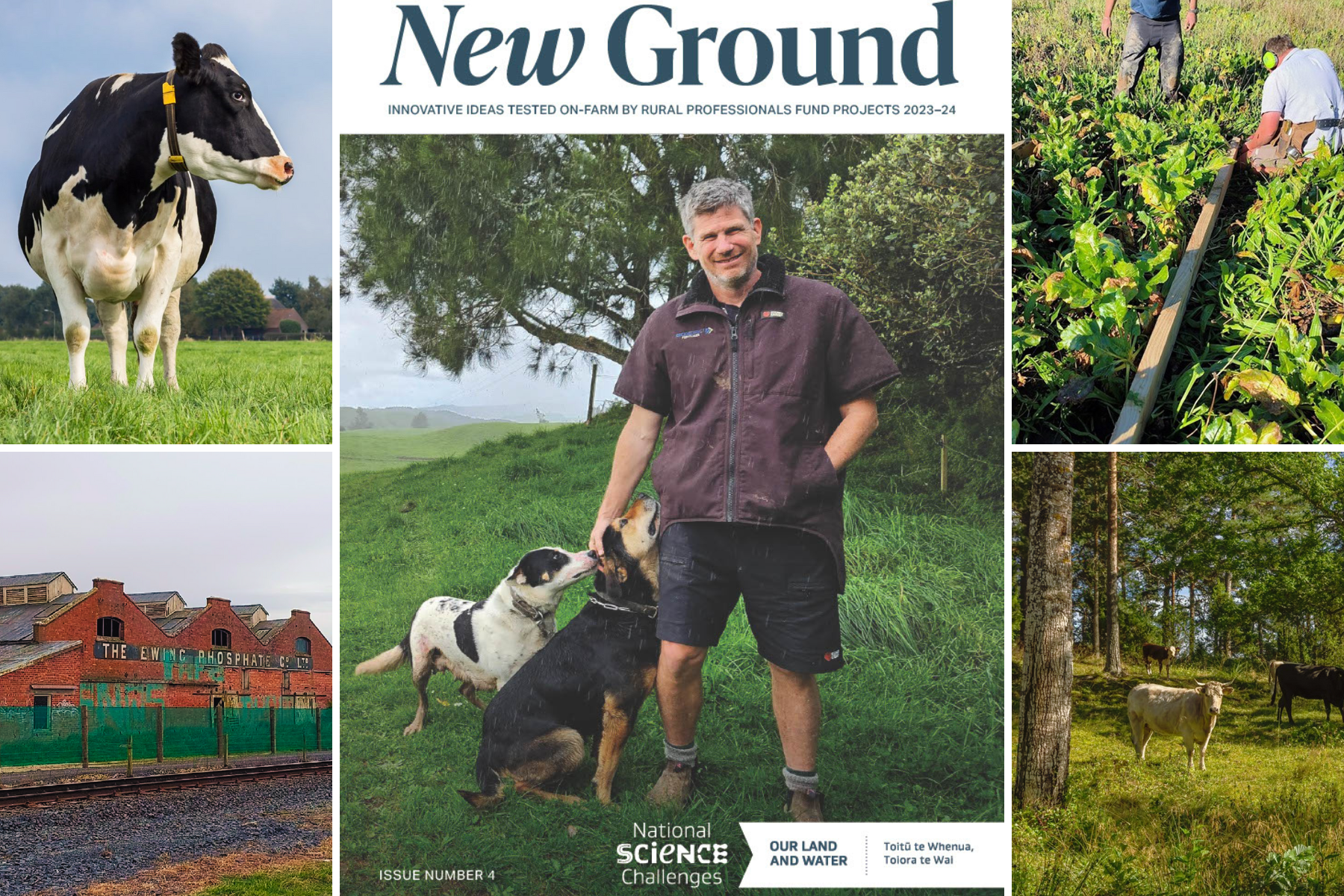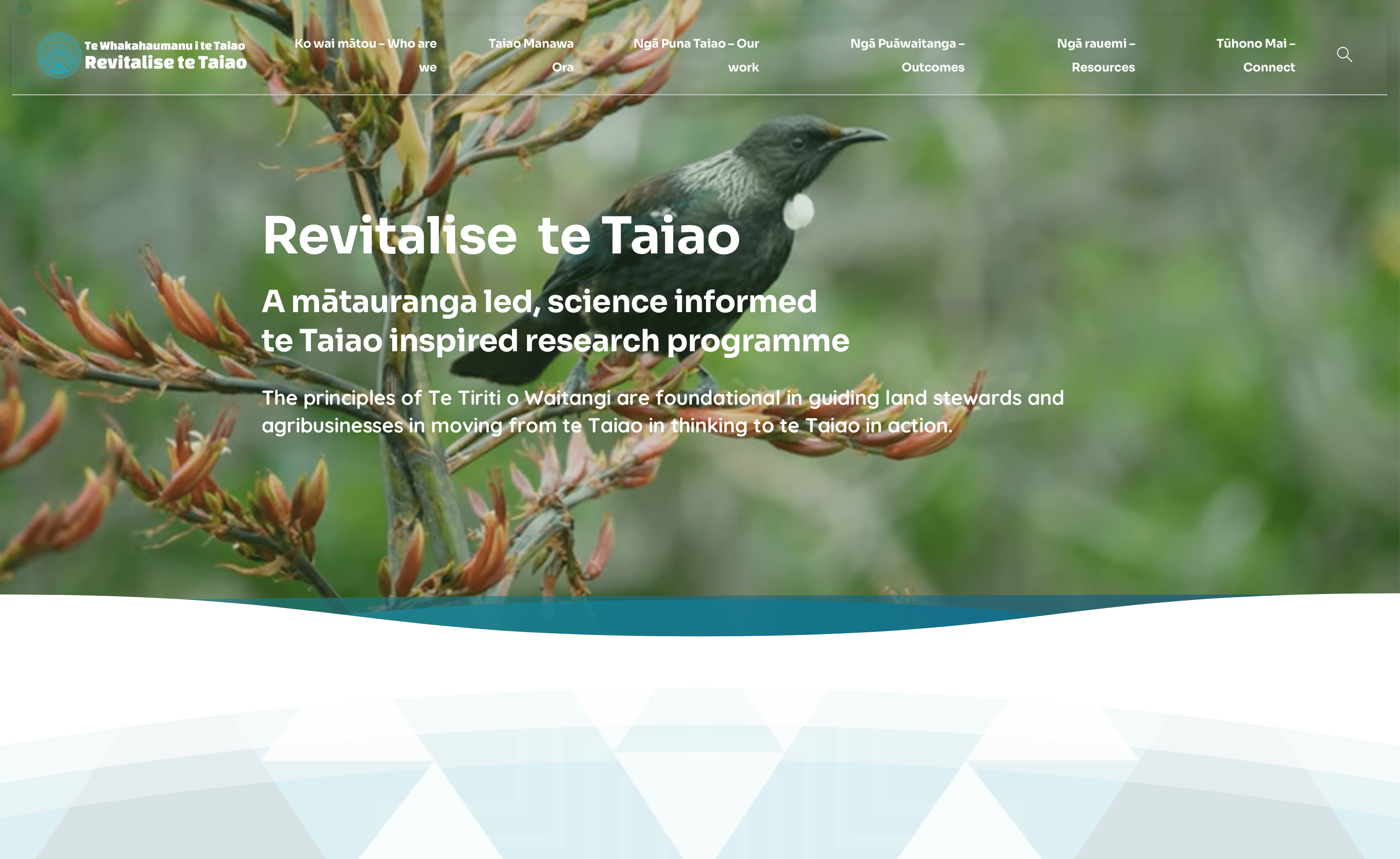The Power of Storytelling: Restoring Rivers through Knowledge Sharing
Discover the power of storytelling in restoring rivers and empowering communities. New research defines the three key elements of effective restoration storytelling, to motivate and inspire others to take action.
Let me tell you a story about a farmer who planted 1200 native plants on his land, which cost him a large amount of money, and even more time. The farmer felt good about his riparian planting actions, giving te Taiao a hand in getting healthier. Until the neighbour’s cows broke in to the planted area…. I don’t need to tell you the rest of the story.
But I think I should, because the story doesn’t end here.
Although the cows ‘diminished’ the newly planted trees and shrubs, the somewhat guilty-feeling neighbour and others in the catchment community got together to repair the fence, and replant the whole lot.
They decided to share this story with me, because it is a real story that gives us hope and tells us unforeseen bad things can happen, but as a community we can get together and rebuild.
In Aotearoa New Zealand, catchment communities have been actively working to restore the health of their rivers, in some cases for many decades. Their knowledge offers a valuable resource that could motivate and empower other groups to do the same, making river restoration more effective at large scales.
My research in science communication (with the help of my co-authors and participants) conceptualised and defined how knowledge sharing through storytelling may be a powerful tool to report on restoration progress, and lessons learnt along the way.
But why stories?
Knowledge conveyed through stories aids understanding of complex issues (such as freshwater ecosystem restoration), which is necessary for informed decision-making.
If these stories are then told by the people, or the collectives, that do the action on the ground, story context and language become even more relatable to other catchment communities. This allows common identity to be built through bridging different ways of knowing among people who are already working together to restore their rivers.
Collective storytelling is a unique form of knowledge-sharing that allows catchment groups to carefully tailor their messages to contexts specific to their group and catchment such as their social settings (e.g., time since group establishment, size and diversity of group, levels of engagement within group), geographical location (e.g., high, or low rainfall area) or their political situation (e.g., functioning relationship with regional authorities).
Three distinct elements in river restoration storytelling
Over the last three years, our research team heard a lot of restoration stories. Each one was unique, yet three distinct elements were found in each story.
- Restoration knowledge should be shared by authentic storytellers: This describes the concept of ‘community-based ownership’ of the story, or ‘bottom-up storytelling’ (as opposed to ‘top-down’ advising). It means that the people that do the work on the ground have the power to tell their story collectively, thereby motivating others to share their knowledge and to restore.
- Community cohesion motivates ongoing freshwater restoration: Working together on a common goal for our catchment communities means that bigger goals and challenges (such as climate adaptation) can be addressed. It can also trigger motivation to keep going in those moments when we feel exhausted and lack motivation. Ongoing motivation was very important for our communities, because the restoration these communities are doing today, will take generations to see the benefits.
- The good, the bad, and the ugly – comprehensive storytelling is needed to sustain restoration momentum: Catchment restoration is not always about success. In fact, the real learning often happens when things didn’t work the way they were intended. ‘Unconditional stories’ connect people through memory, emotion, and the granularity of a life lived (like the ‘cow-munching’ story at the start). If catchment restoration stories include the good, the bad, and the ugly, catchment members feel inspired and motivated to sustain restoration momentum.
“Exciting to be farming and feeling the pain, living and breathing what farming challenges there are at the moment, but also full of optimism for the [catchment] groups and what they’re looking to achieve. But we need to get our story out there.”
Catchment group member
As part of our research, we have tested and developed a ‘Catchment Journey’ template freely available on the Our Land and Water website. We hope this template will be useful for catchment groups to define (or refine) their restoration journey.
We encourage you to share your Journey widely on the ‘story tab’ on the National Register of Land Management Actions.
I drank lots of cups of tea and ate my fair share of biscuits with catchment groups over the last three years. Everything about river restoration seems so much more achievable with the right food and the right people. Stories about freshwater catchment restoration actions flowed more freely, and the catchment champions (that kindly took hours of their incredibly busy schedules to meet with me) were more open to talking about some of the restoration hardships they had experienced. If those stories are then shared more widely, others in the catchment can learn from them and feel motivated to do the same, making a positive difference for the future.
More information:
- Catchment Journey template for catchment groups
- Share your Journey on the ‘story tab’ on the National Register of Land Management Actions
- More about the Register of Land Management Actions research programme
- Collective storytelling as a river restoration tool: The role of catchment communities in inspiring environmental change. Katharina Doehring, Cathy Cole, Roger G. Young and Nancy Longnecker. Frontiers in Communication, January 2023
Author
 View Our Strategy Document 2019 – 2024
View Our Strategy Document 2019 – 2024



